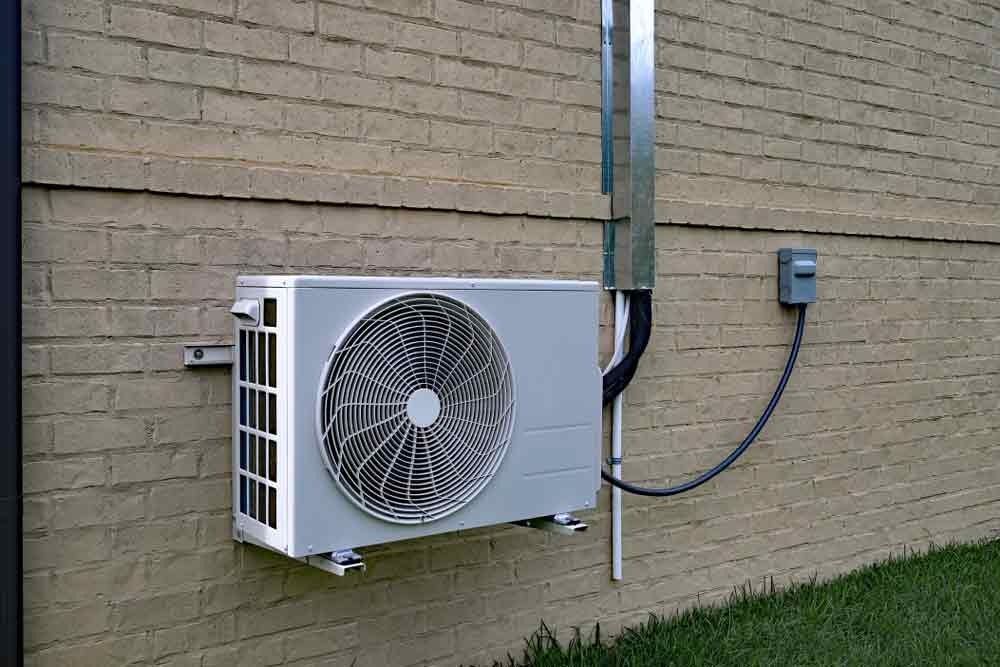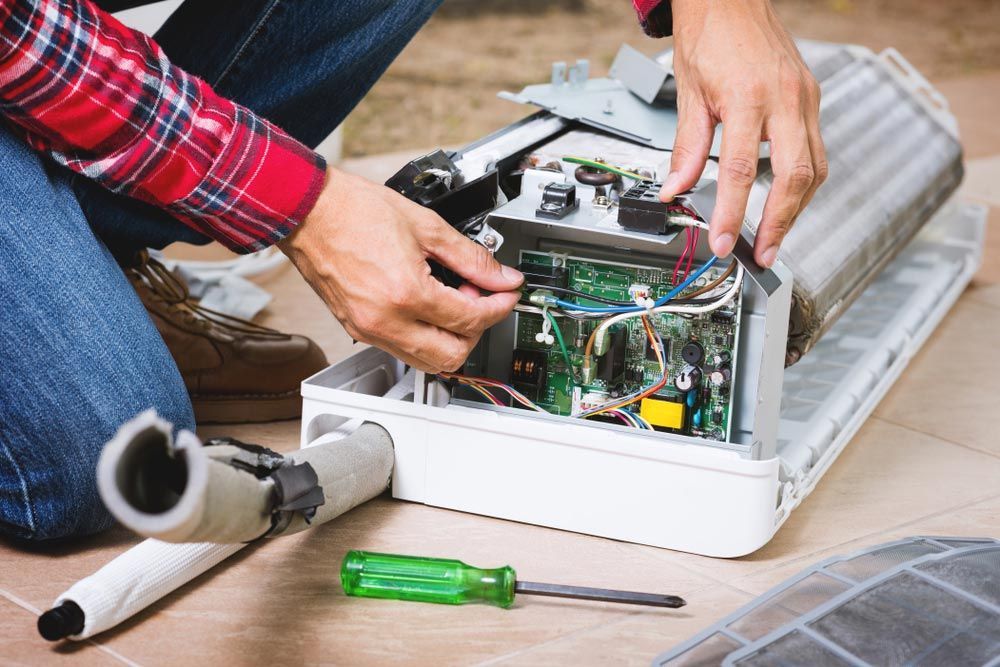Single Split System Vs Multi Split System Air Conditioners: Which Is Better?

Two common air conditioning options are single split and multi split systems. Both have their own advantages and disadvantages and choosing between the two largely depends on the specific needs of your home or office. In this blog, we’ll compare both systems to help you determine which is the best choice for you.
Single Split System
A single split system air conditioner consists of one outdoor unit and one indoor unit. The indoor unit is mounted on the wall and connected to the outdoor unit through a conduit. These systems are easy to install and offer a relatively cost-effective option for homeowners and businesses. Single split systems are ideal for small homes or rooms, as they can only cool one room at a time.
Multi Split System
A multi split system air conditioner, on the other hand, consists of one outdoor unit and multiple indoor units. Each indoor unit is connected to the outdoor unit through a conduit, allowing you to control the temperature in multiple rooms or areas simultaneously, making it ideal for larger spaces. With a multi split system, you can individually control the temperature in each room, ensuring that each area is comfortable and conducive to work or relaxation.
Similarities
Both single and multi split systems operate on the same basic principles, with the outdoor unit compressing and condensing refrigerant, and the indoor unit blowing cooled air into the room. Both types of air conditioners can be controlled through a remote control or wall-mounted thermostat. Additionally, both systems come in a range of sizes, capacities and features to suit different cooling needs.
Differences
The main difference between single split and multi split systems is the number of indoor units they contain. Single split systems can only cool one room, while multi split systems can cool multiple rooms at once.
Single split systems are less energy-efficient compared to multi split systems because the outdoor unit is only connected to one indoor unit. Meanwhile, multi split systems give you control of each individual unit, allowing you to only use the units you need and conserve the energy of others when not in use.
Cost is another differentiating factor, as multi split systems tend to be more expensive due to the additional indoor units. Multi split systems are also more complex to install than single split systems, which can make them less suitable for DIY installations.










